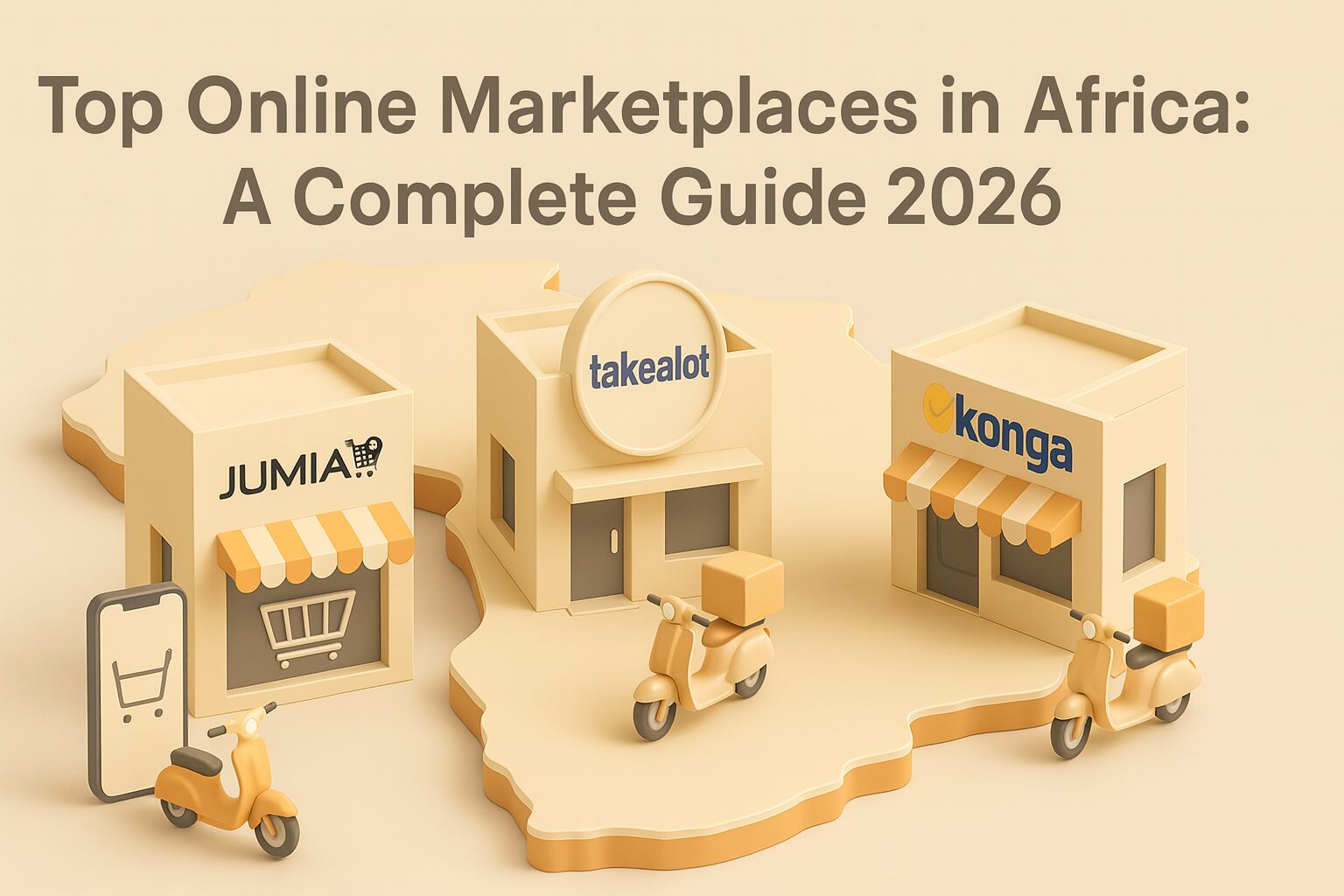What is the meaning of Zone Pricing?
Zone pricing is a strategic approach to setting shipping rates based on the geographic location of the customer in relation to the seller’s distribution point(s). Instead of charging a flat rate, companies divide their service areas into multiple zones—each representing a specific distance range from a warehouse, fulfillment center, or store. The farther a customer is located from the shipping origin, the higher the delivery charge tends to be. For example, an online furniture retailer might charge $20 for deliveries within a local zone (Zone 1), $50 for regional deliveries (Zone 3), and $100 or more for remote areas (Zone 5). This pricing method ensures that companies recoup transportation costs fairly, especially for heavy or bulky products.
Why do companies use Zone Pricing?
Businesses adopt zone pricing to balance customer satisfaction with operational profitability. Shipping costs can vary significantly depending on fuel prices, carrier fees, route complexity, and distance traveled. A single flat shipping fee across all regions can either lead to losses on long-distance orders or overcharging nearby customers. By aligning shipping fees with actual delivery costs, zone pricing helps businesses:
- Prevent financial losses from high shipping expenses
- Improve cost transparency for customers
- Maintain competitive pricing in core service areas
- Support sustainable logistics by encouraging local purchases
It’s particularly beneficial for e-commerce, wholesale, and freight-based industries with diverse delivery destinations.
When is Zone Pricing most effective?
Zone pricing is most effective when a business serves customers over a large or geographically varied area, and shipping costs are a significant part of the transaction. It’s commonly used in:
- National or regional e-commerce platforms
- Retailers of oversized or heavy goods (e.g., furniture, appliances)
- Parcel carriers and logistics companies (e.g., FedEx, UPS)
- Wholesale and B2B suppliers with freight delivery needs
Zone pricing becomes crucial when fuel surcharges, labor, and shipping complexity increase significantly with distance. In such cases, a “one-size-fits-all” approach is neither cost-effective nor equitable.
How is Zone Pricing calculated?
Zone pricing involves mapping delivery destinations into “zones,” usually defined by ZIP codes, postal codes, or predefined radius distances from the shipping origin. Businesses often use rate tables or third-party logistics systems that calculate the appropriate zone based on the customer’s address. Each zone corresponds to a different rate tier:
- Zone 1: Local area (cheapest rate)
- Zone 2–4: Mid-range distances (moderate rates)
- Zone 5–8: Long-distance or remote areas (highest rates)
Carriers like USPS, UPS, and FedEx have standardized zone tables, but companies can also customize their own based on internal logistics and warehousing strategy.
What are the advantages and disadvantages of Zone Pricing?
Advantages:
- Fairly reflects shipping costs based on distance
- Helps protect margins for long-distance deliveries
- Encourages local shopping behavior
- Flexible and scalable for growing businesses
Disadvantages:
- May discourage remote customers due to high shipping costs
- Complex to set up without proper logistics software
- Can require constant updates to rate tables
Companies need to find a balance between transparent pricing and ensuring they remain competitive in all regions.
Can you give an example of Zone Pricing in action?
Consider an online retailer based in Nairobi selling home furniture across Kenya. Customers in the Nairobi Metropolitan area (Zone 1) are charged a flat KES 500 for delivery. Customers in Mombasa (Zone 3) are charged KES 2,000, while those in remote towns like Lodwar (Zone 5) are charged KES 4,000. This model ensures the seller recovers realistic transport costs while offering reasonable delivery prices to nearby customers. The zones can be managed through ecommerce plugins or integrated with national courier services’ pricing APIs.



